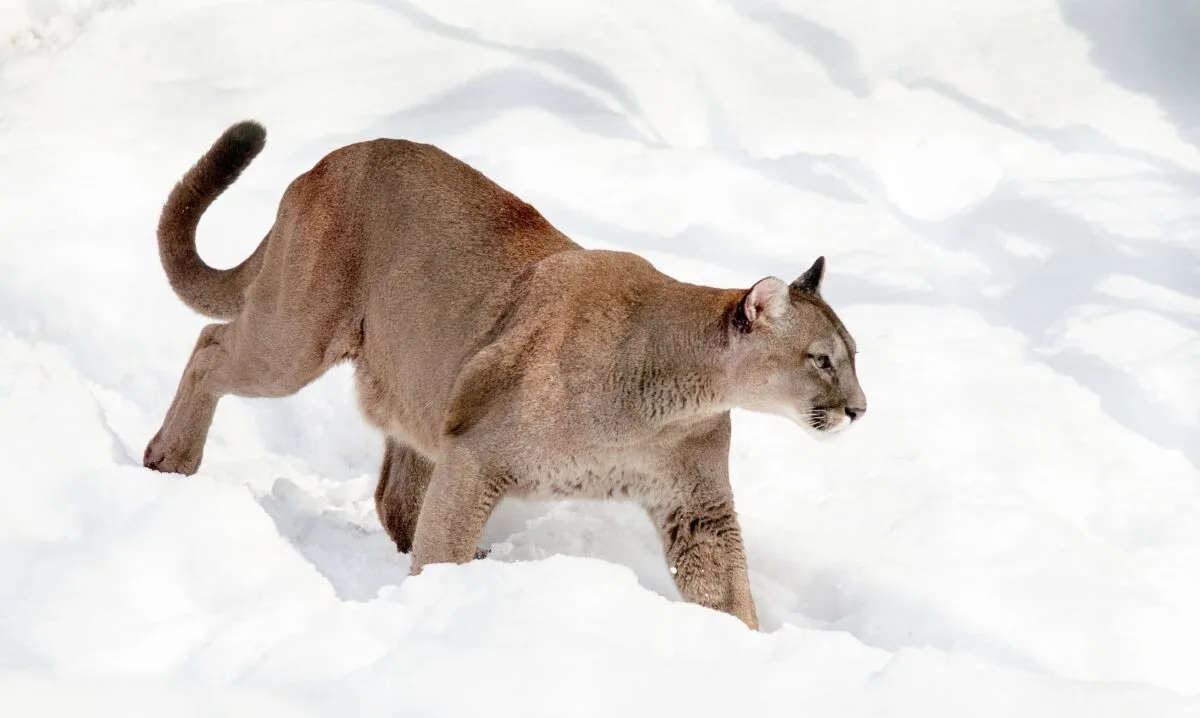Welcome to a world where we compare two magnificent animals of the Animalia kingdom. We look at the Eagle vs. Puma – two majestic creatures that often draw awe from us humans.
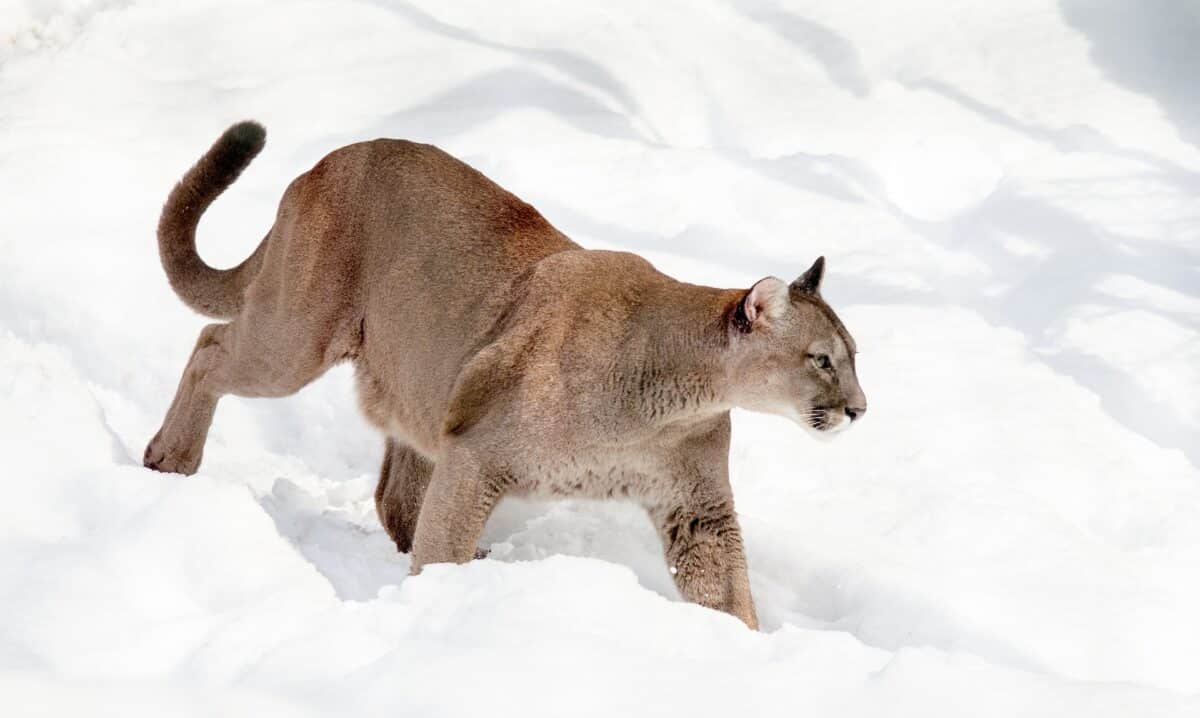
Each animal has its unique characteristics, temperament, adaptations, and habitats. Through our exploration today, we will be going beyond looking at their physical features to see how these two were designed by mother nature for different purposes!
We will also look into their behavior patterns and analyze certain conditions that give each creature an advantage or disadvantage. So buckle up as we embark on this exciting journey of comparison between the beautiful eagle vs. puma!
Comparison Table
| Characteristic | Eagle | Puma |
| Kingdom | Animalia | Animalia |
| Phylum | Chordata | Chordata |
| Class | Aves | Mammalia |
| Order | Accipitriformes | Carnivora |
| Family | Accipitridae | Felidae |
| Habitat | Skies & Mountains | Mountains, Forests, and Grasslands |
| Diet | Carnivorous | Carnivorous |
| Lifespan | 20-30 years | 8-13 years |
| Weight | 2-15 lbs | 100-200 lbs |
Overview of Eagle vs. Puma

Eagles and pumas are two fascinating animals in the wild. Although they may have little in common, both creatures are exceptional hunters and exhibit incredible strength and agility.
Eagles are known for their mastery of the skies, with their sharp talons and keen sense of sight enabling them to capture prey with precise accuracy. Meanwhile, pumas are infamous for their stealth and cunning, able to navigate rugged terrain and pounce on unsuspecting prey effortlessly.
Despite their differences, comparing eagles and pumas is a fascinating study of the marvels of nature.
Anatomy of an Eagle

Eagles are majestic creatures that have been admired and studied for centuries. Their anatomy is genuinely unique, with each aspect serving a specific purpose. Their size, weight, and wingspan are impressive, allowing them to soar quickly through the sky. The colorations of eagles vary depending on the species, with some featuring striking patterns and others with more subtle hues.
However, the fascinating aspect of an eagle’s anatomy is its beak and talons. These formidable weapons allow them to hunt and capture their prey with precision and accuracy. Learning about the anatomy of an eagle is a fascinating way to gain insight into these magnificent birds of prey.
Anatomy of a Puma
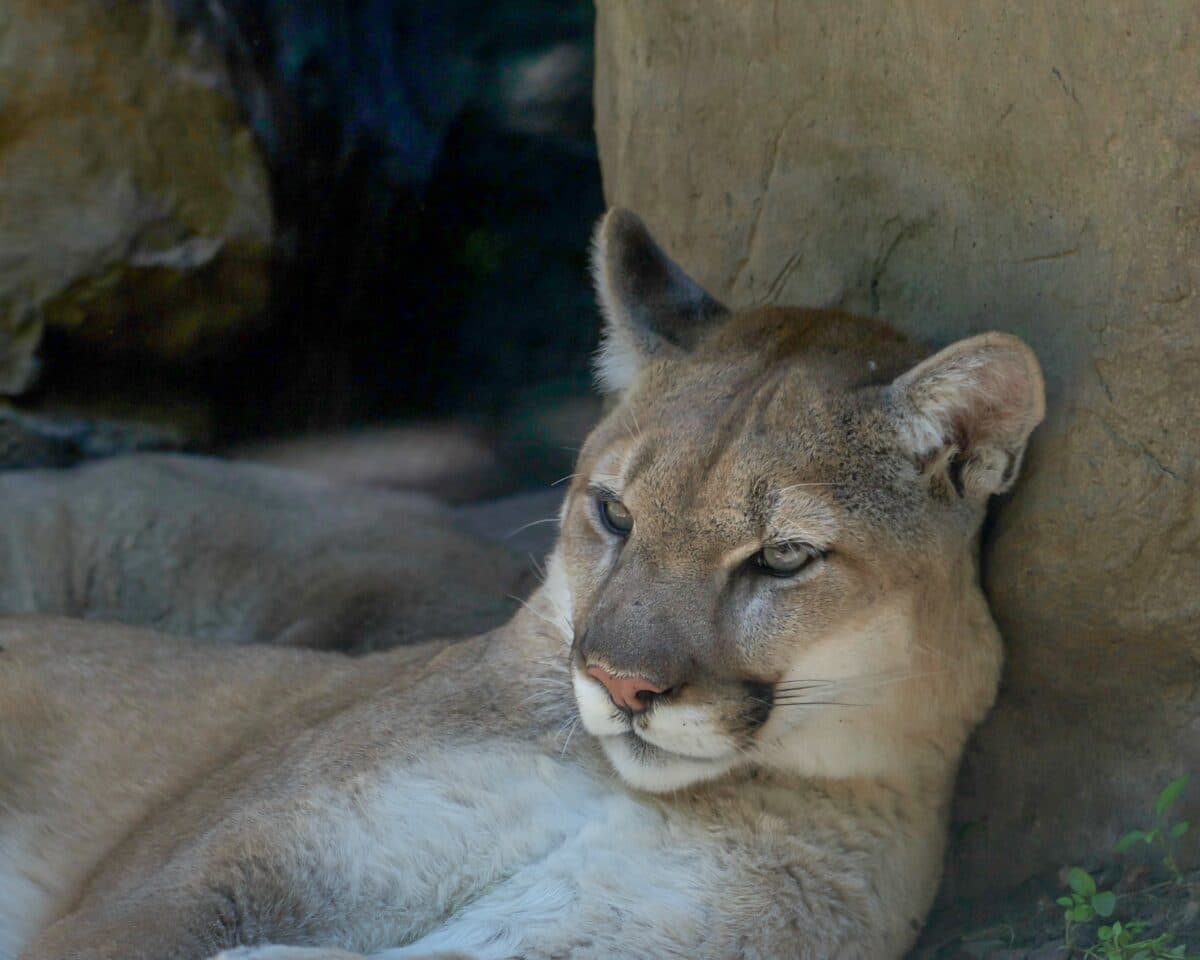
The puma, famously known as the mountain lion, is a fascinating and majestic creature. With a sleek body shape, it is the epitome of agility and grace. Pumas weigh up to 220 pounds and can be as long as 9 feet, including their long tails.
Their fur typically ranges from tan to dark brown, characteristically dense and soft. Pumas are highly adaptable animals and can exist across various habitats, from mountains to forests to deserts.
Despite their large size, they are incredibly stealthy and are well-known for their hunting abilities. It’s incredible to think about the intricate makeup of this beautiful animal and how every aspect of its anatomy has been fine-tuned to make them masterful predators in the wild.
Behaviour Differences

Eagles and pumas are two fascinating predators that roam the wilds of North America. While these predators share a similar habitat, they significantly differ in their behavior.
One of the most noticeable differences between eagles and pumas is their diet patterns. While eagles mainly feed on fish and small mammals, pumas prefer to hunt large herbivores like deer and elk.
Another interesting difference is their breeding habits. Eagles are monogamous and mate for life, while pumas are solitary and mate with multiple partners. Finally, territoriality is another aspect where eagles and pumas differ.
Also, Eagles tend to defend their nests and hunting territories against other eagles, while pumas mark their territories with scent and will fight for access to resources. These differences make eagles and pumas a wonder in their natural habitat.
Habitat Distinctions
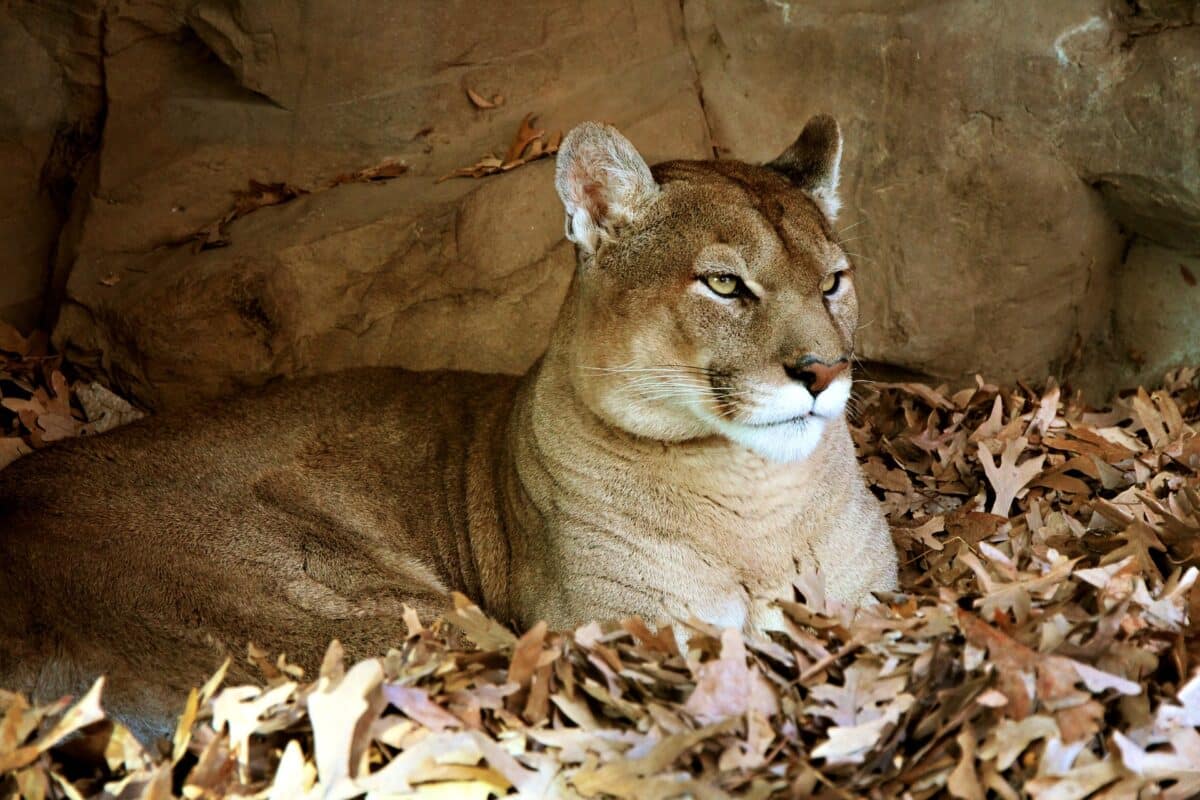
The eagle and puma are remarkable animals that inhabit different ecosystems but share similar characteristics when hunting for prey. While the eagle prefers the wide-open spaces high in the sky, pumas thrive in rocky terrains and dense forests.
On the other hand, pumas rely on their stealth and agility to catch smaller prey like deer, rabbits, and rodents. The terrain and prey availability disparity between these two animals underscores the importance of understanding the intricacies of wildlife habitats and how they shape animal behavior.
Interaction with Humans
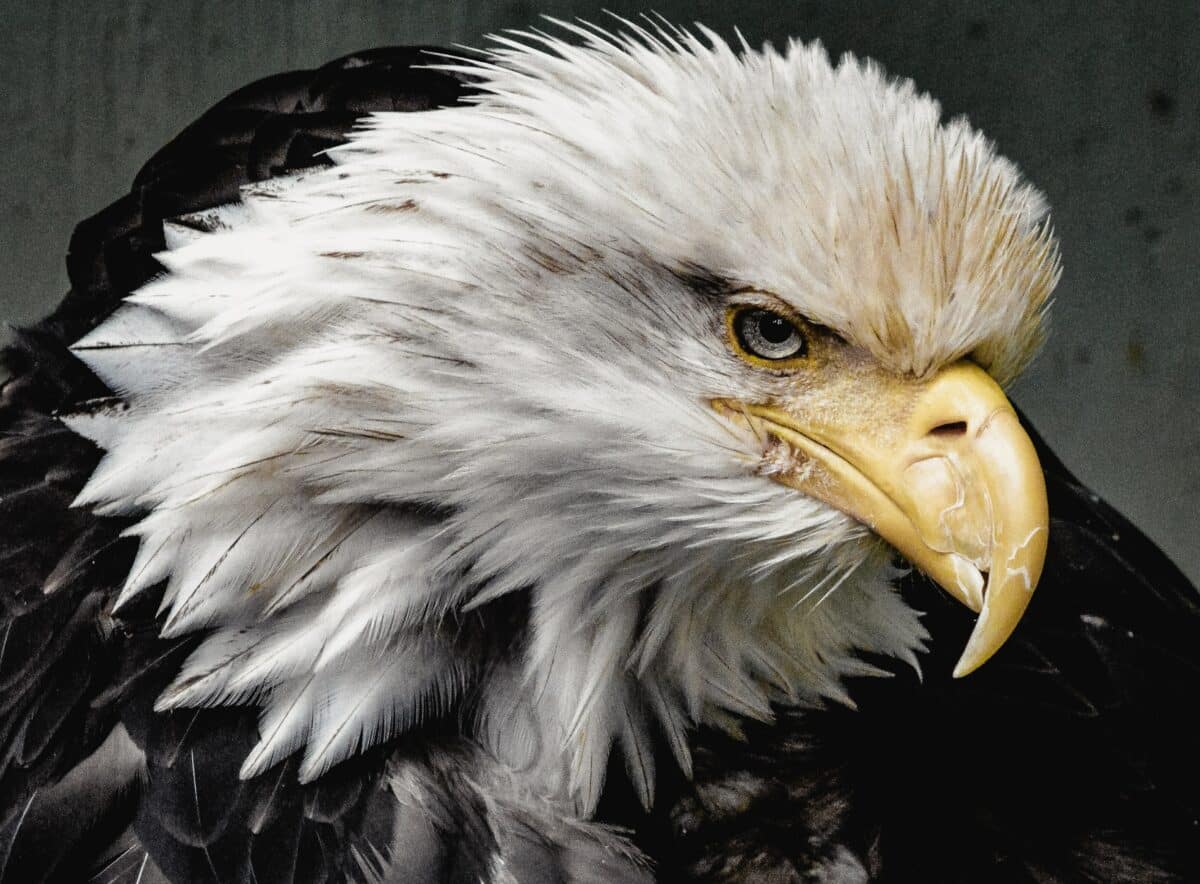
Eagles and pumas are two majestic creatures that have held significant importance in the cultures of many Native American tribes throughout history. Both eagles and pumas are known for their power, agility, and fierce hunting abilities.
However, their interactions with humans have been vastly different. Eagles have long been revered as symbols of power and freedom, and many tribes have considered them sacred animals.
On the other hand, pumas have often been viewed as a threat to human communities and have been hunted for their meat and pelts. Despite their human interaction differences, eagles and pumas remain fascinating creatures that captivate us with their incredible abilities.
Frequently Asked Questions
Eagles and pumas have very different hunting styles, reflecting their physical abilities and prey preferences. Eagles typically hunt from the air, using their keen eyesight to spot prey from a distance and then swooping down to catch it with their paws. They may also dive into the water to catch fish or steal prey from other birds.
Conversely, pumas are ambush predators that rely on stealth and surprise to catch their prey. They will stalk their prey silently, hiding behind rocks or trees until they are close enough to launch a sudden attack. Once they pounce, they use their powerful jaws and claws to bring down their prey and deliver a fatal bite to the neck.
Both eagles and pumas play essential roles in their ecosystems, contributing to the balance and health of their respective habitats.
Eagles are top predators that help control populations of smaller animals, such as rodents and fish, and also scavenge on carrion, helping to prevent the spread of disease. They may also act as indicators of ecosystem health, as declines in eagle populations can signal problems with water quality or other environmental factors.
Pumas, as apex predators, play a similar role in controlling the populations of their prey species, which can help prevent overgrazing or other forms of habitat destruction. They may also help maintain genetic diversity in their prey populations by selecting weaker or less fit individuals for predation.
In addition, both eagles and pumas are culturally significant animals that hold important spiritual and symbolic meanings for many Indigenous peoples in North America.
Final Word
Overall, comparing Eagles and Puma reveals several interesting facts. For example, pumas have better agility, while eagles have superior vision and speed.
Their hunting techniques differ as pumas rely on stealth to catch their prey with a powerful bite. In contrast, eagles prefer aerial hunting techniques like diving and grabbing prey with their paws.
Thank you for following along this article! Next up, The Eagle vs. Pitbull
Join our Forum for free today!

- 93-Million-Year-Old Crocodile Fossil Discovered With Baby Dinosaur in Its Stomach - July 23, 2024
- Woman Captured Howling with Gigantic White Wolf in Beautiful Footage - July 23, 2024
- Recent Study Reveals Hippos Can Momentarily Fly - July 23, 2024

